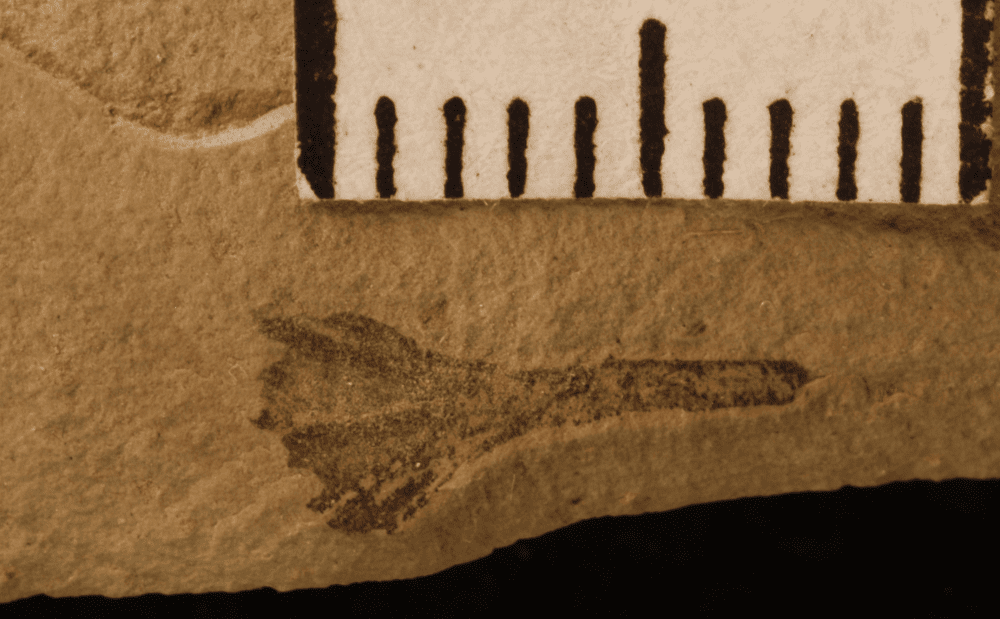The spicy history of the chili pepper may have just been rewritten following the discovery of a rare fossilized berry, Lycianthoides calycina. It’s a member of the chili pepper tribe Capsiceae, which was originally thought to have emerged in South America 15 million years ago, but now looks as if it was heating up North America at least 50 million years ago.
As a member of the nightshade family Solanaceae, which is also home to tomatoes, it doesn’t just push back the emergence of the chili pepper but also provides new insights into the evolutionary timeline of tomato plants. The discovery unfolded at the CU Boulder Museum of Natural History in 2021 where a team, including postdoctoral researcher in ecology and evolutionary biology Rocío Deanna, came across a curious specimen they couldn’t quite place.
The fossil had come from the Green River Formation in northwestern Colorado and southwestern Wyoming, a geological treasure trove made up of the sediments of ancient lakes. It’s considered one of the most important fossil sites for Eocene specimens, according to the University of California Berkeley.
Among the curious finds uncovered here was a fossil that showed characteristics that smacked of a particular member of the Solanaceae family, decked out with small spikes at the end of its fruiting stem. The team asked themselves, could it really be a fossil chili?
“At first, I thought ‘No way! This can’t be true,’” Deanna said in a statement. “But it was so characteristic of the chili pepper.”

After finding one fossil chili pepper, the team found more. Image credit: S Manchester
As if finding one fossil chili wasn’t surprising enough, the team behind a new paper eventually discovered two more, all of which came from the Green River Formation. The sediments here range from 34 to 56 million years old, but the similarities the specimens shared with nightshade fossils retrieved from the Esmeraldas Formation in Colombia put their emergence at around 50 million years ago.
“These chili peppers, a species that we thought arose in an evolutionary blink of an eye, have been around for a super long time,” said Stacey Smith, senior author of the paper and associate professor of evolutionary biology at CU Boulder. “We’re still coming to grips with this new timeline.”
Another confusing factor the team is grappling with is how the chili peppers made it to North America. Fruit-eating birds are a possibility, already thought to have dispersed many berry-producing plants by either eating or wearing them. It’s possible that these peppers may have enjoyed their own great avian escape, acting as a valuable resource for hungry foragers while also hitching a free ride to faraway lands.
The study is published in the journal New Phytologist.
Source Link: Incredibly Rare Fossil Chilies Reveal They Emerged 50 Million Years Ago